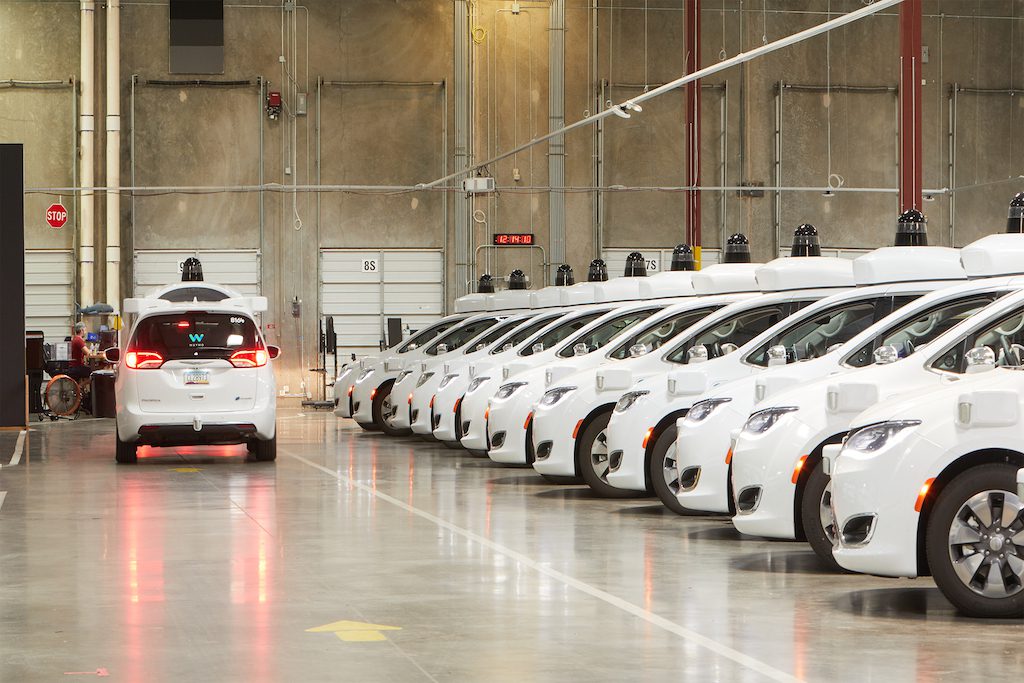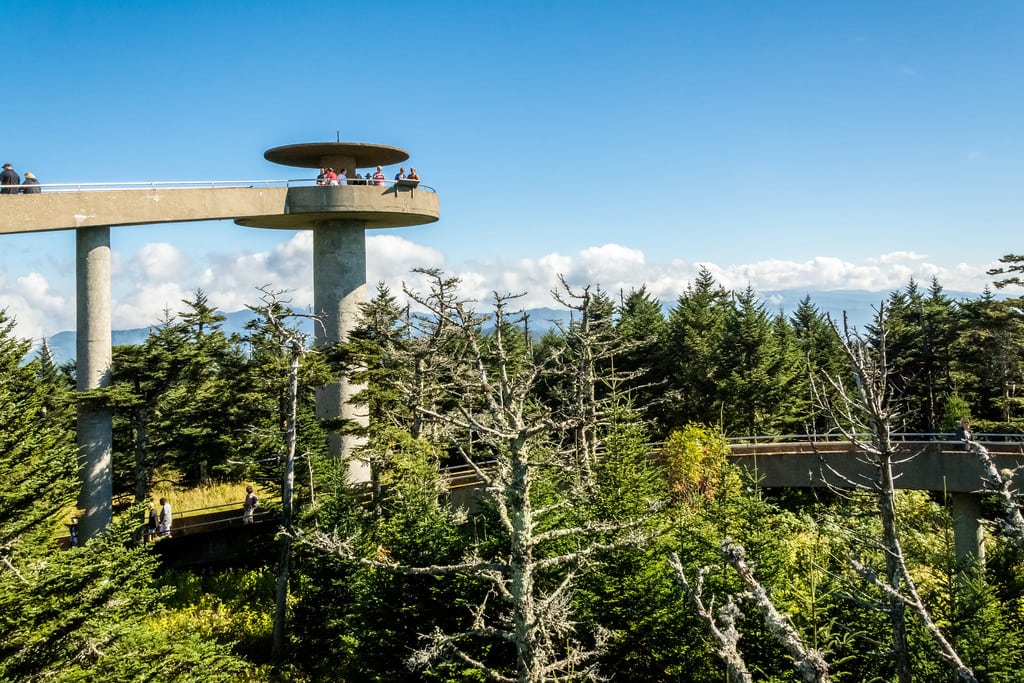The Key to Unlocking the Future of Flight-Free Business Travel

Skift Take
As younger generations become increasingly critical of the vast carbon emissions involved in travel — take “flight shaming” for example — corporate travel is also starting to come under the microscope. Business travelers are some of the most frequent travelers in the world, and the back-and-forth flights contribute literal tons of carbon dioxide into the atmosphere.
It’s getting more obvious that the biggest changes to travel will have to come from new technologies, and many companies are starting to look to the future.
BCD Travel recently released its How to Travel Beyond 2020 report, highlighting emerging technologies that have huge potential to reduce emissions. In particular, the report pointed to Hyperloop, an extremely fast form of reduced-friction travel, where trains move through an enclosed tube, and self-driving vehicles.
Miriam Moscovici, senior director of research and corporate innovation at BCD Travel, delved into the details of these technologies and talked about what's holding the industry back.
This interview has been edited for length and clarity.
Skift: In the report, you talk a lot about Hyperloop for business travelers. It still sounds a little far-fetched, which makes it difficult to predict what impact it could have on corporate travel. So what can we expect from Hyperloop technology?
Moscovici: Well, we're years away here, but they have prototypes that are working. If you go to Toulouse, France, for example, they have working prototypes. We’re really waiting on governmental bodies to come up with the money before it can become more of a reality. One of the more promising projects is in Abu Dhabi right now.
But it has very big implications for business travelers. Look, when you start connecting cities in seven minutes, a trip that would previously have taken hours, you can now connect in mere minutes. The complexion of a physical regions change. It is not too crazy to think that one would live in Paris and work in Berlin.
And when you change where people are living and working, it also changes what it means to be to be a virtual worker versus a commuting worker.
Skift: But you propose this as something that will help make business travel more sustainable, so how will that work?
Moscovici: Hyperloop is all about moving people faster and more efficiently. And of course, moving people faster and more efficiently is always going to be related to sustainability.
Typically, in science terms, that requires removing friction. Technically, that’s what Hyperloop does — it removes friction so you don't need as much fuel or force to move the vehicle. The moment you do that, people become more accessible and the environmental impact of travel reduces. It also means that traditional flying isn’t as necessary, since business travelers can move so rapidly from one place to another.
Even self-driving cars do this on some level. They’re programed to take the most efficient routes, and a lot of human error is removed, so even though the impact is smaller, there’s still a reduction in emissions. And with so many business travelers, that adds up.
Skift: Self-driving cars are something that people are already using, so it’s easier to see that changing travel in the near future. But it’s still not very widespread. How long do you think we’ll have to wait before it becomes a common way to move around?
Moscovici: I definitely think that it's going to be a lot more common in the near-term. Right now, you’re mostly seeing it in what I call “closed networks.” So you're seeing autonomous vehicles already operating in locations where it's a smaller, enclosed system. It's easier for them to regulate it that way, and I think there's the perception by the user that it's just more tightly controlled.
For example, in Baltimore, Waymo’s running electrical, autonomous minivans that run a circuit around the city. Or in Dubai, where there are parking lots with self-driving vehicles that transport you to the main elevator or the venue entrance. I think we're going to see a lot more of that in airports and transit centers in the near future, moving people more efficiently.
That said, the big hurdle over the next decade is going to be in infrastructure and in regulatory concerns. Lots of lawyers and lots of engineers are going to be earning their keep over the next 10 years deciding how to regulate this. We don't need more prototypes of self-driving vehicles — we already have them. What the major investments are going to be over the next decade is mostly regulatory stuff.
Skift: What would be the main implication for business travelers?
Moscovici: Well, I think for business travelers, the first mile and the last mile are some of the most stressful parts of a business trip. Autonomous vehicles help navigate travelers, taking away a lot of that stress away.
The logistics of getting to where you want to go shouldn't be the task that requires the most commitment and concentration by the traveler. The business trip is about the business, not about the trip. So autonomous driving, any autonomous motion, is going to be really valuable to both travelers and businesses.
Skift: At the Skift Global Forum in August, the chief innovation officer at Avis talked a lot about self-driving cars. His main point was that they were great for the car rental industry, and for business travelers, but that people are still afraid of them — they don’t trust them — and that that’s one of the biggest hurdles to adoption.
Moscovici: Absolutely. Some people are still freaked out by just Uber or Lyft. With all of these types of advances in technology, we always have to deal with a degree of reluctance at first, and it’s part of why things take a while.
Skift: So considering that, what are some things companies can do right now to promote sustainability in their corporate travel programs?
Moscovici: So I think that there are two main areas that corporations should focus on. First and foremost, corporations need to have their own sustainability development goals. This gives them a way to align their travel program objectives with some of these goals. They need to gain an accurate understanding of their carbon dioxide emissions and their environmental impact. To do that, they need to work with their travel management companies around the kind of reporting they want.
After doing these self-assessments, they can then take the next step, which is looking for ways to offset the impact they make on the environment.
The second piece is changing traveler behavior. That can mean promoting sustainability in their booking methods. Whether they have online booking tools or mobile tools or even live agents, they can change the booking tools to preference more sustainable options.
Skift: So what’s an example of something that business can do to make an impact? I think it feels like it’s such a huge topic, it often seems like nothing makes much of a dent in the overall outcome.
Moscovici: Imagine a large company which does a lot of business travel. They have about 30,000 business travelers. And this company deliberately negotiates for laptops that weigh less than the average laptop most people have. So their 30,000 travelers have these laptops that weigh exactly 1 pound less, which sounds small, but every bit of weight you remove from an aircraft, the less fuel it has to use.
So let’s say each of these employees travels 20 times a year. That's millions of dollars of jet fuel — millions of barrels of jet fuel — that one company can save just by strategically saying, ‘I want less weight on an aircraft.’ In fact, for people who travel a certain frequency, they're getting the touch tablets, which weigh even less.
So, single handedly, they are making these changes. And that makes needles move.




